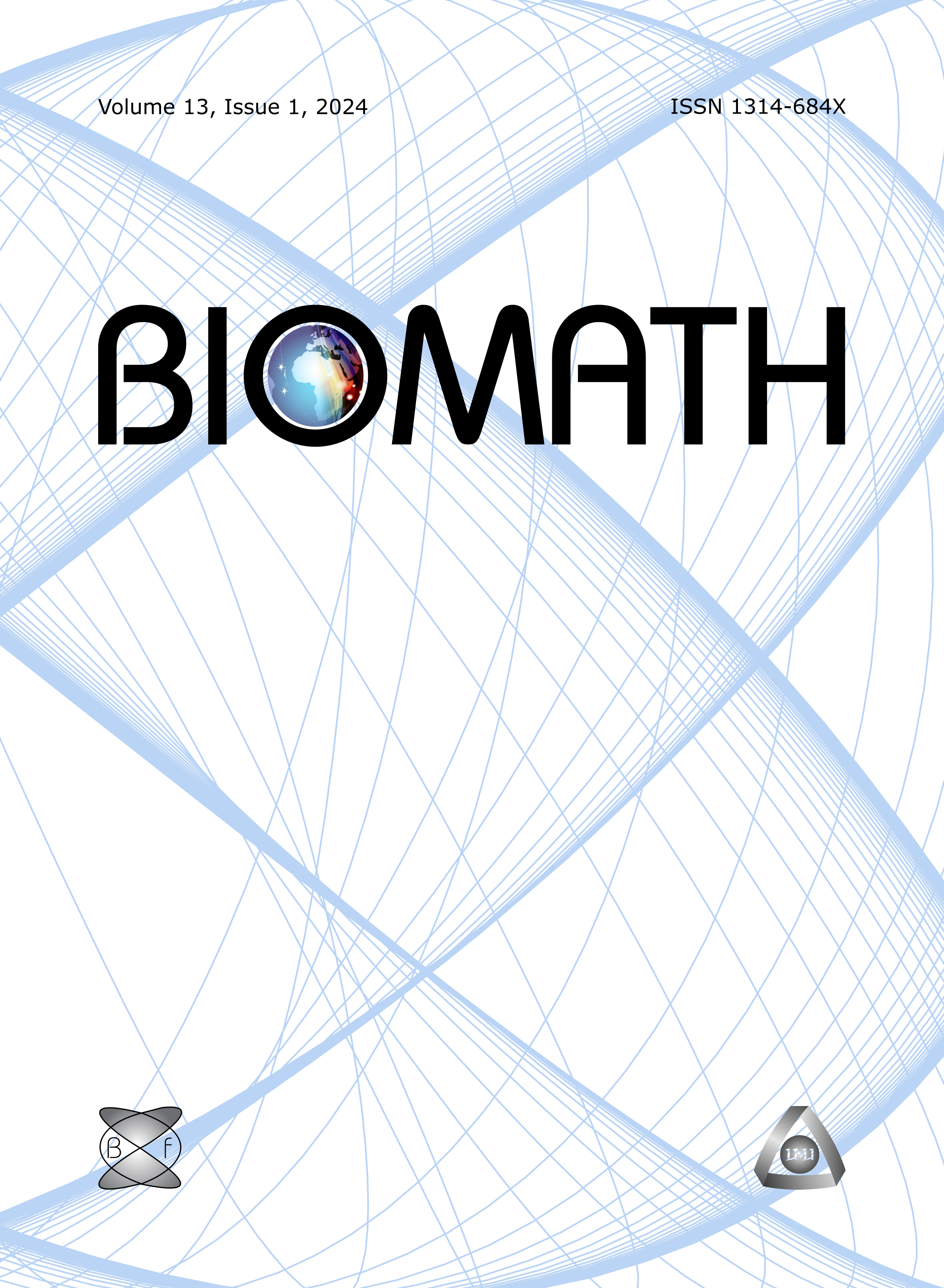Which Matrices Show Perfect Nestedness or the Absence of Nestedness? An Analytical Study on the Performance of NODF and WNODF
DOI:
https://doi.org/10.11145/j.biomath.2015.12.171Keywords:
biogeography, interaction networks, nestedness, bipartite networksAbstract
Nestedness is a concept employed to describe a particular pattern of organization in species interaction networks and in site-by-species incidence matrices. Currently the most widely used nestedness index is the NODF (Nestedness metric based on Overlap and Decreasing Fill), initially presented for binary data and later extended to quantitative data, WNODF. In this manuscript we present a rigorous formulation of this index for both cases, NODF and WNODF. In addition, we characterize the matrices corresponding to the two extreme cases, (W)NODF=1 and (W)NODF=0, representing a perfectly nested pattern andthe absence of nestedness respectively. After permutations of rows and columns if necessary, the perfectly nested pattern is a full triangular matrix, which must of course besquare, with additional inequalities between the elements for WNODF. On the other hand there are many patterns characterized by the total absence of nestedness. Indeed, any binary matrix (whether square or rectangular) with uniform row and column sums (or marginals) satisfies this condition: the chessboard and a pattern reflecting an underlying annular ecological gradient, which we shall call gradient-like, are symmetrical or nearly symmetrical examples from this class.Downloads
Published
Issue
Section
License
The journal Biomath is an open access journal. All published articles are immeditely available online and the respective DOI link activated. All articles can be access for free and no reader registration of any sort is required. No fees are charged to authors for article submission or processing. Online publications are funded through volunteer work, donations and grants.
Authors who publish with this journal agree to the following terms:
- Authors retain copyright and grant the journal right of first publication with the work simultaneously licensed under a Creative Commons Attribution License 4.0 that allows others to share the work with an acknowledgement of the work's authorship and initial publication in this journal.
- Authors are able to enter into separate, additional contractual arrangements for the non-exclusive distribution of the journal's published version of the work (e.g., post it to an institutional repository or publish it in a book), with an acknowledgement of its initial publication in this journal.
- Authors are permitted and encouraged to post their work online (e.g., in institutional repositories or on their website) prior to and during the submission process, as it can lead to productive exchanges, as well as earlier and greater citation of published work (See The Effect of Open Access).

